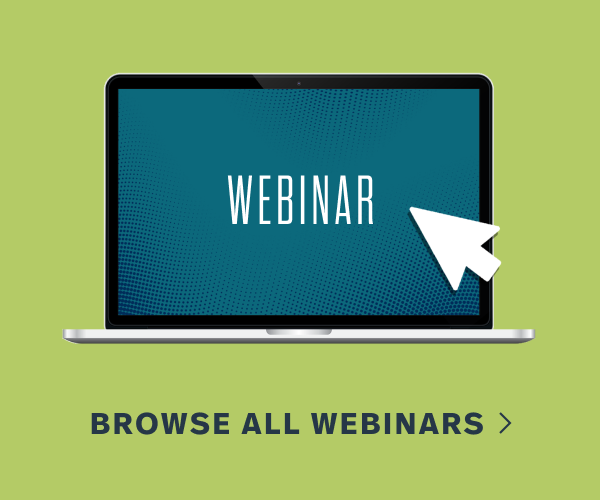Employee Assistance Plans: Critical but Underused
If ever there was a business sector for which Employee Assistance Plans (EAPs) were made-to-order, it would be construction.
EAPs are employer-sponsored programs that offer services to help employees deal with the various personal issues that might affect their work-life balance, from relationships and emotions to finances. Servicers provide options to combat unhealthy solutions like substance abuse that employees might otherwise use to handle stress.
Construction is known to be rife with behavioral risk factors stemming from a taxing, dangerous work environment. It has one of the highest rates of suicide (53.3 per 100,000 population), a 5% to 10% higher spend on opioids than any other sector and 15% of construction workers use illegal drugs.
While specific data on how many employers in the construction industry offer EAPs isn’t available, it’s generally understood that they are a smart addition for firms to make to their employee benefits lineup. There’s a business cost when employee distractions affect their attendance, productivity and overall performance. At a minimum, an EAP will return a $3 savings for every $1 invested.
But that’s assuming utilization of the programs—and there’s the rub. The behavioral issues affecting workers and the construction industry don’t seem to be going away. Yet, EAPs tend to be underused. Some estimates put use rates at 1% to 2% for small- to mid-sized firms. That’s probably no surprise when many programs are low-cost, bare-boned add-ons to other benefit programs. Or when employers have an “if you build it, they will come” mentality. (They won’t.)
Construction industry employers that want to get at the root of the problem need to look at safety, absenteeism and productivity issues from a solutions-oriented mindset, rather than blame the industry. Simply talking about it won’t move the needle. Any business can start by taking three simple steps:
- Establish the company’s EAP framework. Many construction employers have never been supplied or asked for an EAP utilization report. This information is critical for gauging the use of these services overall and can provide insights into any specific needs that might require attention. In some scenarios your employees may have an EAP provided by their local union, separate from any non-union employees. Make it your business to secure the contact information for these programs in the event an employee asks for information. While it may not be your program, enough barriers to accessing care already exist, take initiative to pave the way when someone is reaching out for assistance. Eligibility must also be spelled out and communicated—employee and dependents only, or expanded coverage for other family members? Policies should be set on including the EAP in the open enrollment and onboarding processes. Exceptional organizations also make it a practice to have employees take out their phones and enter the number for their EAP in real time.
- Assess EAP’s capabilities. One critical aspect is ensuring the quality and accessibility of the EAP’s emergency crisis care is satisfactory. When the need for assistance strikes, any barriers to care can have a resounding impact. Test the after-hours access as well, in order to ensure someone answers, and in the event they do, how they handle the call. Many EAPs also offer a virtual counselor approach and users can chat with a live professional if they are not comfortable vocalizing their issues. In the age of digital transformation, mental health has kept up; you should take steps to match your company needs to the right resource. An important point of consideration is the credentialing of provided counselors: have they been trained in suicide prevention and crisis intervention? Are the counselors equipped to address substance abuse issues? What other mental health resources are offered? In many cases, an employee may only need access to an online library of resources. Verify your EAP’s capabilities to provide the greatest benefit to your people.
- Spread the word! A successful rollout of any new program or initiative requires focused communication. Discussing the availability of your EAP alone will not drive employees toward it. Create awareness of its purpose and benefits with any personal statements and relevant statistics your program will provide. Print out wallet cards, hardhat stickers and jobsite posters to improve access to services. It is not uncommon for this topic to be discussed only once per year during open enrollment—but is that enough? Removing the stigma associated with mental health requires shining a light on the solutions available. Maximize your efforts by leveraging national awareness campaigns like Mental Health Month in May or Suicide Prevention Week in September. These are opportune occasions to revisit the topic and further demonstrate your commitment. Use these events to ground the seriousness of the issue, as well as the heightened risk that construction workers face. When informing your employees on what the services are, who is covered and how to access them, opt for in-person informational sessions over paycheck stuffers or flyers because direct mail is often discarded before it is read.
In today’s connected world, all too often those who have heavy personal loads can’t keep them from carrying over into their work lives. This can be particularly dangerous when the work is construction. The employers that choose to offer EAPs and do the job of getting the word out aren’t just doing the smart thing for their businesses. They’re doing the right thing for their people.
Talk to HUB for a free consultation on how to implement an EAP, as well as how to approach mental health and substance abuse at your workplace.
Learn more about the mental health and substance abuse crisis
Related stories

Operationalizing Safety: Why It’s Time to Treat Safety Tech Like Your Project Schedule

The Travelers 2025 Injury Impact Report Reveals First-Year Workers Most at Risk






